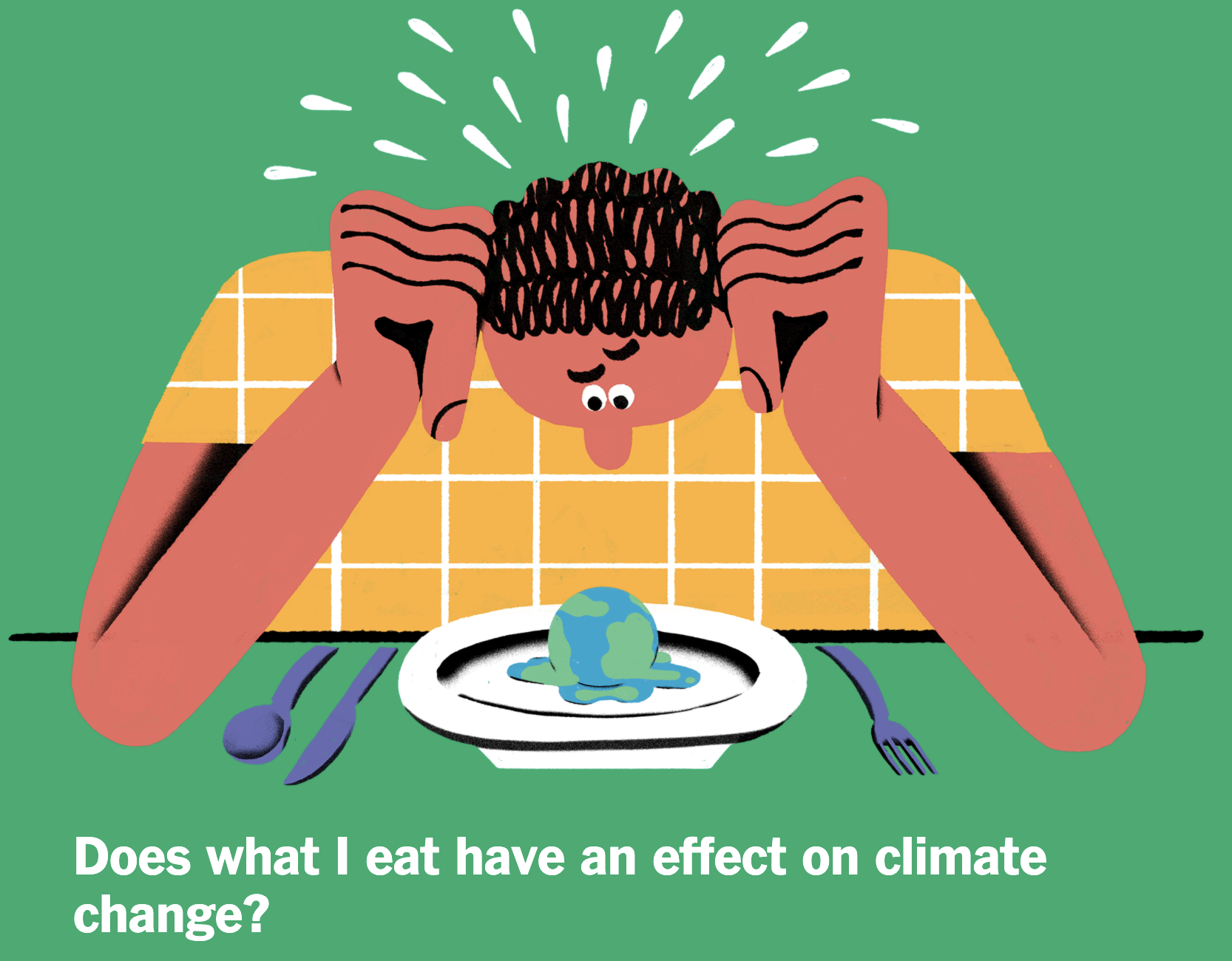
The agency did, however, agree to support additional research on marijuana and make the process easier for researchers.”Research is critically needed because we have to be able to advise patients and doctors on the safe and effective use of cannabis,” Bonn-Miller says.
He shared some background on medical marijuana’s uses and potential side effects.
What is medical marijuana?
Medical marijuana uses the marijuana plant or chemicals in it to treat diseases or conditions. It’s basically the same product as recreational marijuana, but it’s taken for medical purposes.
The marijuana plant contains more than 100 different chemicals called cannabinoids. Each one has a different effect on the body. Delta-9-tetrahydrocannabinol (THC) and cannabidiol (CBD) are the main chemicals used in medicine. THC also produces the “high” people feel when they smoke marijuana or eat foods containing it.
What is medical marijuana used for?
Researchers are studying whether medical marijuana can help treat a number of conditions including:
- Alzheimer’s disease
- Appetite loss
- Cancer
- Crohn’s disease
- Diseases affecting the immune system like HIV/AIDS or Multiple Sclerosis (MS)
- Eating disorders such as anorexia
- Epilepsy
- Glaucoma
- Mental health conditions like schizophrenia and posttraumatic stress disorder (PTSD)
- Multiple sclerosis
- Muscle spasms
- Nausea
- Pain
- Seizures
- Wasting syndrome (cachexia)
But it’s not yet proven to help many of these conditions, with a few exceptions, Bonn-Miller says.
“The greatest amount of evidence for the therapeutic effects of cannabis relate to its ability to reduce chronic pain, nausea and vomiting due to chemotherapy, and spasticity [tight or stiff muscles] from MS,” Bonn-Miller says.
How does it help?
Cannabinoids — the active chemicals in medical marijuana — are similar to chemicals the body makes that are involved in appetite, memory, movement, and pain.
Limited research suggests cannabinoids might:
- Reduce anxiety
- Reduce inflammation and relieve pain
- Control nausea and vomiting caused by cancer chemotherapy
- Kill cancer cells and slow tumor growth
- Relax tight muscles in people with MS
- Stimulate appetite and improve weight gain in people with cancer and AIDS
Can medical marijuana help with seizure disorders?
Medical marijuana received a lot of attention a few years ago when parents said that a special form of the drug helped control seizures in their children. The FDA recently approved Epidiolex, which is made from CBD, as a therapy for people with very severe or hard-to-treat seizures. In studies, some people had a dramatic drop in seizures after taking this drug.
Has the FDA approved medical marijuana?
The cannabidiol Epidiolex was approved in 2018 for treating seizures associated with two rare and severe forms of epilepsy, Lennox-Gastaut syndrome and Dravet syndrome. In addition, the FDA has approved two man-made cannabinoid medicines — dronabinol (Marinol, Syndros) and nabilone (Cesamet) — to treat nausea and vomiting from chemotherapy. The cannabidiol Epidiolex was approved in 2018 for treating seizures associated with two rare and severe forms of epilepsy, Lennox-Gastaut syndrome and Dravet syndrome.
How do you take it?
To take medical marijuana, you can:
- Smoke it
- Inhale it through a device called a vaporizer that turns it into a mist
- Eat it — for example, in a brownie or lollipop
- Apply it to your skin in a lotion, spray, oil, or cream
- Place a few drops of a liquid under your tongue
How you take it is up to you. Each method works differently in your body. “If you smoke or vaporize cannabis, you feel the effects very quickly,” Bonn-Miller says. “If you eat it, it takes significantly longer. It can take 1 to 2 hours to experience the effects from edible products.”
What are the side effects of medical marijuana?
Side effects that have been reported include:
- Bloodshot eyes
- Depression
- Dizziness
- Fast heartbeat
- Hallucinations
- Low blood pressure
The drug can also affect judgment and coordination, which could lead to accidents and injuries. When used during the teenage years when the brain is still developing, marijuana might affect IQ and mental function.
Because marijuana contains some of the same chemicals found in tobacco, there have been concerns that smoking it could harm the lungs. The effects of inhaled marijuana on lung health aren’t clear, but there’s some evidence it might increase the risk for bronchitis and other lung problems.
The National Institute on Drug Abuse says marijuana can be addictive and is considered a “gateway drug” to using other drugs. “The higher the level of THC and the more often you use, the more likely you are to become dependent,” Bonn-Miller says. “You have difficulty stopping if you need to stop. You have cravings during periods when you’re not using. And you need more and more of it to have the same effect.” Learn more about the long-term effects of marijuana use.
Another issue is that the FDA doesn’t oversee medical marijuana like it does prescription drugs. Although states monitor and regulate sales, they often don’t have the resources to do so. That means the strength of and ingredients in medical marijuana can differ quite a bit depending on where you buy it. “We did a study last year in which we purchased labeled edible products, like brownies and lollipops, in California and Washington. Then we sent them to th
e lab,” Bonn-Miller says. “Few of the products contained anywhere near what they said they did. That’s a problem.”
Medical marijuana is legal in 33 states and the District of Columbia:
- Alaska
- Arizona
- Arkansas

- California
- Colorado
- Connecticut
- Delaware
- District of Columbia
- Florida
- Hawaii
- Illinois
- Louisiana
- Maine
- Maryland
- Massachusetts
- Michigan
- Minnesota
- Missouri
- Montana
- Nevada
- New Hampshire
- New Jersey
- New Mexico
- New York
- North Dakota
- Ohio
- Oklahoma
- Oregon
- Pennsylvania
- Rhode Island
- Utah
- Vermont
- Washington
- West Virginia
States allowing legal recreational use include: Alaska, California, Colorado, Illinois, Maine, Massachusetts, Michigan, Nevada, Oregon, Vermont, and Washington
States that allow restricted use only include: Alabama, Georgia, Idaho, Iowa, Kentucky, Mississippi, Missouri, North Carolina,South Carolina, Tennessee, Texas, Virginia, Wisconsin and Wyoming.
How do you get medical marijuana?
To get medical marijuana, you need a written recommendation from a licensed doctor in states where that is legal. (Not every doctor is willing to recommend medical marijuana for their patients.) You must have a condition that qualifies for medical marijuana use. Each state has its own list of qualifying conditions. Your state may also require you to get a medical marijuana ID card. Once you have that card, you can buy medical marijuana at a store called a dispensary.



